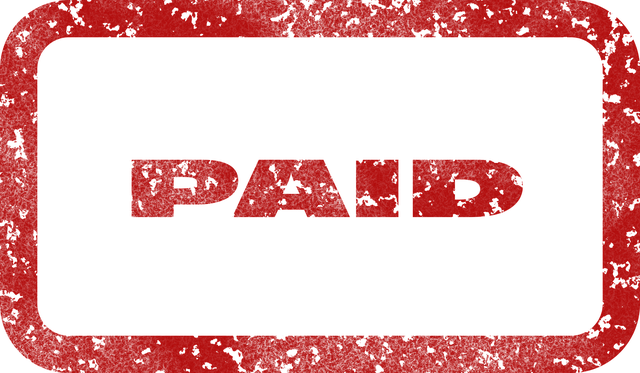We had a conversation the other day that made us think about the ways in which companies — even or maybe especially companies that use TPAs — go about reporting the incidents that spawn claims. We were talking with a prospect, and the conversation went something like this:
Us: What does your reporting process look like?
Them: Everything goes directly to our TPA.
Us: Every incident, every claim, or both?
Them: What’s the difference?
Us: Well, if one accident spawns a physical injury claim and a property damage claim, how do you report them?
Them: We’d report the accident.
Us: How?
Them: We could use a form or a phone number.
Us: Do the forms ever get lost?
Them: Sometimes.
Us: If you use the phone number, do you document the accident?
Them: I guess we’re not sure.
Us: Would the TPA receive or track every claim stemming from that accident?
Them: I guess we’re not sure.
Us: Are there any incidents or accidents that don’t go to the TPA?
Them: I guess we’re not sure.
Us: Since you’re not sure about what gets reported to the TPA and how it gets reported, how do you manage your reporting to ensure the right people know about accidents, to maintain control of your data, to manage your costs, and things like that?
Them: We were afraid you were going to ask us that.
They’re Not Alone
You might be surprised to know the number of companies that take it on faith that everything goes directly to their TPAs. We used to be surprised. But we’re not anymore. But it’s not a difficult problem to fix. And believe it or not, the remedy starts with the definitions of everything and directly:
Everything goes to a TPA only if you systematize the tracking of every incident, systematize the tracking of every claim to every incident, and verify every incident is going to the TPA. Everything goes directly to the TPA only if you submit everything completely and electronically. Paper forms have a way of getting lost. Phone calls have a way of getting forgotten. And here’s the bonus: Everything you track and submit directly to the TPA can be reported quickly and efficiently.
We grant you we’re biased. But tracking and reporting your claims — and managing everything in one system — feels like sound business practice to us.








